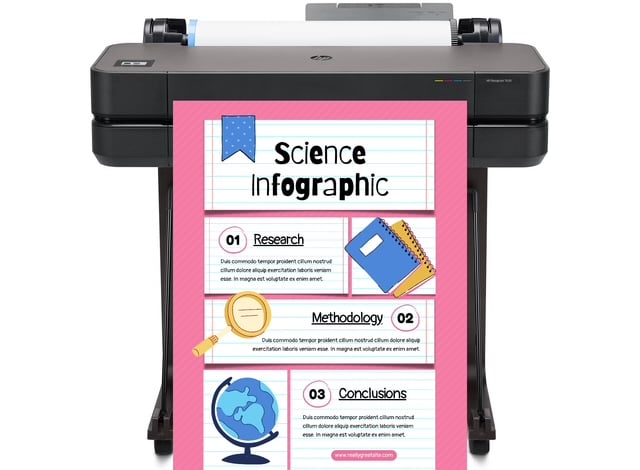
DISCOUNTED EDUCATION PRICING! CALL 1-877-891-8411. We Gladly Accept School Purchase Orders!

Create calm, spark engagement, and take back your time with these game-changing techniques.
Estimated reading time: 7 minutes
Whether you’re a first-year teacher trying to survive your first month or a veteran fine-tuning your flow, mastering classroom management is one of the most important professional skills you’ll ever develop.
In this updated 2025 guide, we break down five field-tested strategies that will help you manage your classroom with more confidence, more consistency, and a lot less stress.
Before diving into the strategies, it’s worth asking: Why does classroom management feel harder now than ever before?
The truth? Teaching today isn’t harder because teachers have changed. It’s harder because the job has—and the right classroom management systems can make all the difference.
Keywords: classroom behavior expectations, setting classroom rules, behavior norms
💡 Teacher Tip: Use call-and-response techniques to make expectations memorable.
Example: “What do we do before we speak?” / “Raise our hand!”
Keywords: nonverbal classroom cues, classroom behavior signals, silent classroom management
Words are powerful—but sometimes, silence is mightier.
Nonverbal signals can redirect behavior without interrupting the flow of teaching. Plus, they work instantly.
Try these proven techniques:
🎯 Why it works: It preserves instructional time, avoids power struggles, and builds classroom culture around respect—not volume.
Keywords: classroom routines and procedures, time-saving teacher hacks, behavior improvement strategies
When students know what to expect, they don’t act out to find structure.
Here’s where to focus:
🛠️ Troubleshooting Tip: If something consistently takes too long or leads to noise, turn it into a mini-lesson. Practice it. Time it. Celebrate improvements.
Keywords: positive teacher-student relationships, building trust in the classroom, student motivation
The fastest way to reduce behavior issues? Make students feel seen, safe, and valued.
💬 Real Talk: Students will challenge your authority—but they’re less likely to disrespect someone they trust.
And when issues happen? A kid who feels safe with you will be more responsive to correction, quicker to repair, and less likely to repeat.
Keywords: positive behavior support, classroom reward systems, intrinsic motivation
Punishment might stop behavior temporarily. But reinforcement shapes it for good.
Here’s how to praise and reward effectively:
⚠️ Caution: Overusing external rewards can backfire. Gradually transition to intrinsic motivation—help students connect behavior with pride, progress, and purpose.
You will have hard days. You will mess up. And that doesn’t mean you’re a bad teacher—it means you’re a real one.
The best classroom managers are reflective, not reactive.
🎙️ Mantra to remember: “Progress over perfection. Consistency over control.”
Q: What if my admin doesn’t support my classroom management plan?
Have a clear plan in writing. Document your steps. Advocate for what your students need with evidence, not emotion.
Q: Can I be a “fun” teacher and still have strong classroom control?
Yes! Structure enables creativity. When routines and expectations are in place, you have more room to be fun, weird, and magical.
Q: How do I reset my classroom if things have spiraled?
Reset openly. Own what’s not working. Re-teach expectations. Frame it as a “mid-year relaunch.” Students appreciate the honesty.
You are not a drill sergeant. You are a leader of humans. And like all leadership, classroom management is part science, part art, and part relationship.
The more you practice, the more natural it becomes. You won’t just survive your teaching days—you’ll enjoy them.
So take what resonates, try something new, and remember: The classroom you want is possible.